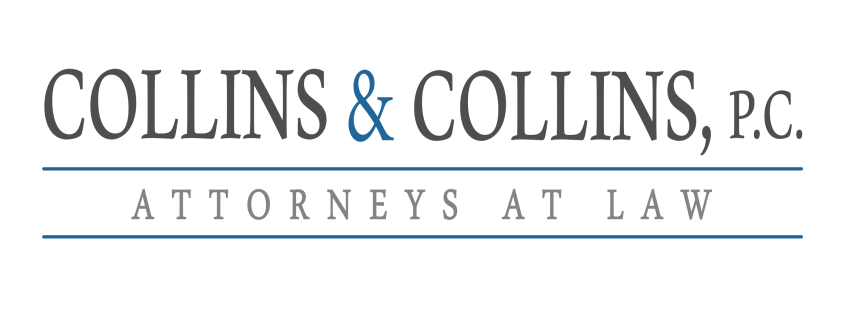Limits of Insurance Coverage in NM Auto Accidents Explained
Most consumers purchase automobile insurance to protect themselves or their family in case of an auto accident. Some purchase auto insurance because it is the law, mandated by the state legislature.
In New Mexico, drivers must maintain minimum insurance policy limits of $25,000 per person, $50,000 per occurrence and $10,000 for property damage. This means that if you are in an accident that you cause, an injured party can make a claim against your insurer for a maximum of $25,000 for the individual‘s injury. The total amount of coverage available is $50,000 per occurrence, meaning that even if there are numerous parties injured, the total paid by your insurance company to all claimants together is $50,000.
States require minimum insurance coverage under a public policy theory that insurance protects motorists for the risk of driving. Insurance coverage protects both those injured in the accident and the person who causes the accident who can be held financially responsible.
However, it is obvious that these minimum amounts do not necessarily protect injured parties when there is significant injury or when there are numerous injured parties. Similarly, minimum liability coverage does not necessarily protect the person at fault for the accident as the person will be held personally responsible for damages incurred by injured parties in excess of his insurance coverage. Consequently, minimum insurance coverage is a benefit in many situations, but certainly not all.
It is also important for consumers to understand what their insurance coverage actually pays for. Liability insurance is insurance paid to a claimant for damages caused by the insured. The insured, if he is injured in an accident for which he is at fault, cannot seek compensation under the liability coverage of his policy. Likewise, without certain elective coverage, he cannot seek any recovery from his own insurance company even when the accident was not his fault. The only coverages that are available in these situations are optional coverages, such as medical payments coverage or uninsured motorist coverage. Without these optional coverages even if the insured is not at fault, he cannot seek money from his insurer to pay for his damages.
A different situation exists with regards to personal injuries suffered by occupants of the insured vehicle. If you are in an accident that you are responsible for, you cannot make a claim for personal injuries against your own insurance policy. If your son and his friend are in the vehicle with you and you cause an accident, your son‘s friend can obviously make a claim against you under the liability portion of your insurance policy for his personal injuries and damages. However, your son may also make a claim against you, and your insurance company will pay his personal injury claim just as it would his friend‘s because you are responsible for his damages.
With liability claims comes the risk of future insurance premium increases that follow you well into the future. After a number of years, the increase due to the accident (and liability claim against your insurance company) will be removed and your premium decreased as long as you have not had other accidents for which you are responsible. If there are additional accidents in a matter of a few years, an insurer may cancel insurance coverage due to the perception that the insured is at a high risk of future claims.
Insurance coverage issues can be somewhat confusing. Often times, there is no coverage when one might expect it. On other occasions, an experienced personal injury attorney will be able to identify coverage that you did not know was available. And identification of coverage can be half the battle in a personal injury claim.

